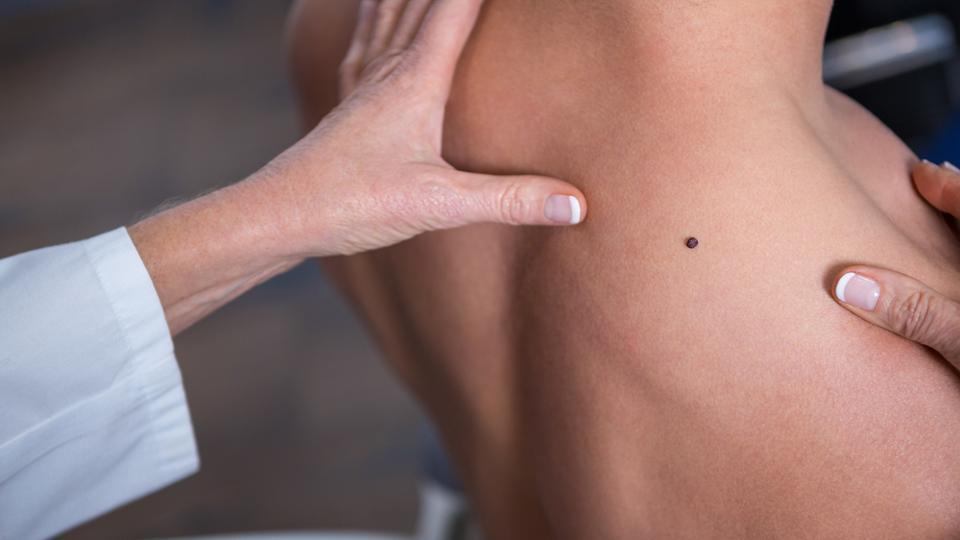

An artificial intelligence system can better detect skin cancer than experienced dermatologists, a study has found.
Researchers trained a form of artificial intelligence or machine learning known as a deep learning convolutional neural network (CNN) to identify skin cancer by showing it more than 100,000 images of malignant melanomas (the most lethal form of skin cancer), as well as benign moles (or nevi).
They compared its performance with that of 58 international dermatologists and found that the CNN missed fewer melanomas and misdiagnosed benign moles less often as malignant than the group of dermatologists.
“The CNN works like the brain of a child. To train it, we showed the CNN more than 100,000 images of malignant and benign skin cancers and moles and indicated the diagnosis for each image,” said Holger Haenssle, from the University of Heidelberg in Germany.
“After finishing the training, we created two test sets of images from the Heidelberg library that had never been used for training and therefore were unknown to the CNN,” said Haenssle.
“One set of 300 images was built to solely test the performance of the CNN. Before doing so, 100 of the most difficult lesions were selected to test real dermatologists in comparison to the results of the CNN,” he said.
Dermatologists from around the world were invited to take part, and 58 from 17 countries around the world agreed.
They were asked to first make a diagnosis of malignant melanoma or benign mole just from the dermoscopic images (level I) and make a decision about how to manage the condition – surgery, short-term follow-up, or no action needed.
Then, four weeks later they were given clinical information about the patient, including age, sex and position of the lesion, and close-up images of the same 100 cases (level II) and asked for diagnoses and management decisions.
In level I, the dermatologists accurately detected an average of 86.6% of melanomas, and correctly identified an average of 71.3% of lesions that were not malignant.
However, when the CNN detected 95% of melanomas. At level II, the dermatologists improved their performance, accurately diagnosing 88.9% of malignant melanomas and 75.7% that were not cancer.
“The CNN missed fewer melanomas, meaning it had a higher sensitivity than the dermatologists, and it misdiagnosed fewer benign moles as malignant melanoma, which means it had a higher specificity. This would result in less unnecessary surgery,” said Haenssle.
“These findings show that deep learning convolutional neural networks are capable of out-performing dermatologists, including extensively trained experts, in the task of detecting melanomas,” he said.
The incidence of malignant melanoma is increasing, with an estimated 232,000 new cases worldwide and around 55,500 deaths from the disease each year. It can be cured if detected early, but many cases are only diagnosed when the cancer is more advanced and harder to treat.
The researchers do not envisage that the CNN would take over from dermatologists in diagnosing skin cancers, but that it could be used as an additional aid.
[“source=hindustantimes”]




